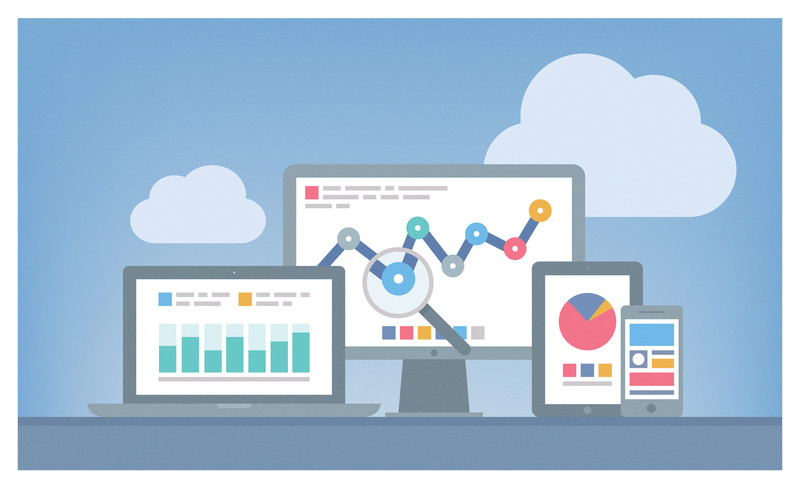
29 May Supply Chain Analytics is Gaining Some Excitement
It is always exciting to see an area we are very passionate about gain some steam. Our friends at Transparency Market Research just published a new market study entitled Supply Chain Analytics Market – Global Industry Analysis, Size, Share, Growth, Trends And Forecast 2014 – 2020. Our favorite part of this study is where we see our name:
“Some of the key players of supply chain analytics market include Birst, Inc., Genpact Ltd., Capgemini S.A., IBM Corporation, Microstrategy, Kinaxis Inc., SAP SE, Oracle Corporation, Sage Clarity LLC and SAS Institute, Inc. among others.”
When we meet supply chain executives and they ask what we do, our response is supply chain analytics. The best response I get is “I think I know what that is, but can you provide your definition?” The report provides a very good definition:
“Supply chain analytics (SCA) is the method to facilitate the execution of services and products from supplier to customer. Components of supply chain systems incorporate people, information, organizations, resources and activities to transform raw materials into optimized finished goods.”
Lets focus on three key areas which can facilitate a supply chain analytics eco-system.
Real time
Real time access to analytics and insight is more and more crucial in today’s supply chains. In order to impact supply chain performance, the right information needs to be immediately conveyed to the right people immediately. The challenge here is to provide members of the supply chain team the proper information, which needs to be in real time. Some issues can wait therefore some information can wait. However, what are the relevant measures where the organizational objectives can be met by immediate/real-time exposure?
Shallow Dive
We have been finding that executives and/or management derive tremendous value from supply chain analytics. Todays executives can drown in information overload, therefore we subscribe to the “Shallow Dive” theory – provide enough information to act, do not drown teams with information. Shallow dive analytics are more important in today’s world where our attention span is dropping. One study shows that the average person’s attention span is 8 seconds. If information that is presented to members of a supply chain team does not invoke an appropriate response in 8 seconds, we may not obtain a response at all. This defeats the purpose of setting up a supply chain analytics infrastructure.
Collaborative
What do we do with this information? Once we know something, how do we act and/or react? Usually in larger organizations, not one person has all the answers or all the data. With Enterprise Social Networks such as Microsoft’s Yammer, collaboration has entered the mainstream. A good supply chain analytics process and solution must embed collaboration within its own DNA. This means not just an email or a text conversation, but providing collaboration-in-context. Our approach is to enable organizations to collaborate using existing frameworks (such as Yammer), and just as important, enable key performance indicators to be shared and included in the discussion.
The above three attributes are by no means the only three to be considered, but I find that these three very different that what others discuss. However, these attributes are just as important if an organization needs to incorporate people, information, organizations, resources and activities to transform raw materials into optimized finished goods to improve revenue, profitability, customer satisfaction and other key business performance drivers.
[optin-monster-inline slug=”vjersqvnww1scv2mwjx4″]


